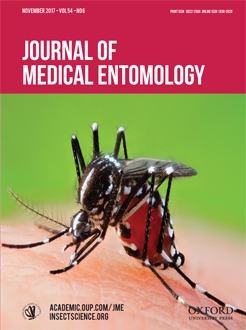Gas stations often provide windshield wash basins (WWBs) that customers may use to clean their windshields. Motivated by casual observations, we conducted a survey of WWBs in and around Raleigh, NC, to determine whether these WWBs also serve as larval habitats for mosquitoes. We found that 27.7% (95% CI: 12.4–43.14%) of the 36 surveyed gas stations had mosquito larvae in their WWBs, and 22.4% (95% CI: 15.07–29.1%) of the 152 WWBs surveyed were positive for mosquito larvae. Two species were identified inhabiting these containers: Aedes albopictus (Skuse) and Culex quinquefasciatus Say. Aedes albopictus was associated with clear, unturbid water, whereas Cx. quinquefasciatus did not have any significant association with water characteristics. Pupae of both species were observed, suggesting these habitats could be sources of pest mosquitoes. Gas stations may be a convenient surveillance target for vector control specialists and may provide insight into human-aided mosquito dispersal.
How to translate text using browser tools
1 August 2017
Surveillance for Immature Mosquitoes in Windshield Wash Basins at Gas Stations
Michael H. Reiskind,
Kristen A. Hopperstad
ACCESS THE FULL ARTICLE
It is not available for individual sale.
This article is only available to subscribers.
It is not available for individual sale.
It is not available for individual sale.

Journal of Medical Entomology
Vol. 54 • No. 6
November 2017
Vol. 54 • No. 6
November 2017
Aedes albopictus
Culex quinquefasciatus
dispersal
sampling
Zika




